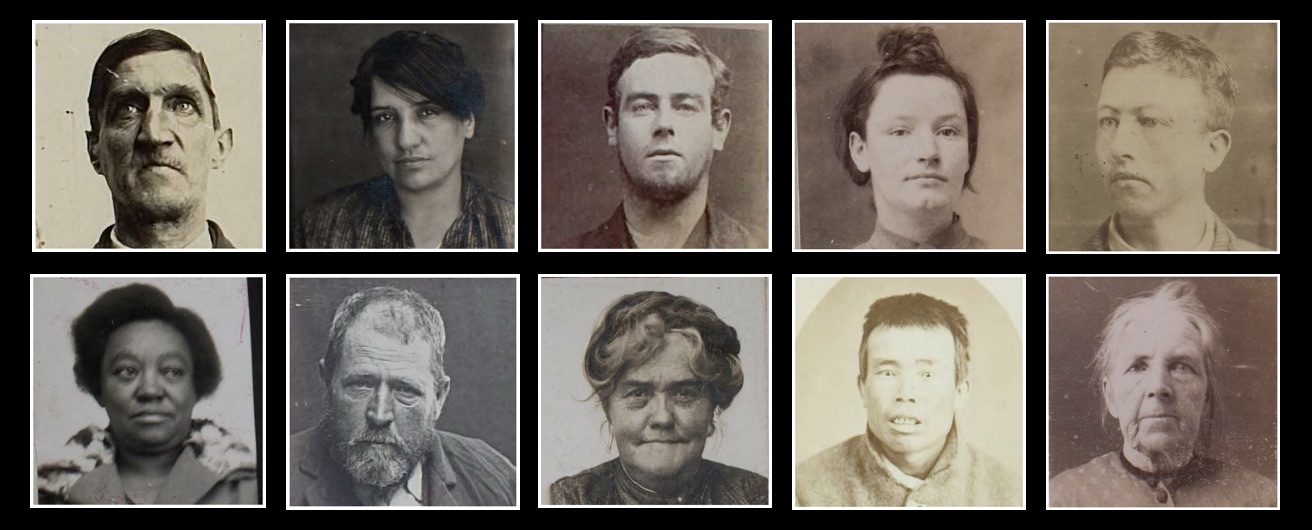Concealing the birth of a child, that is disposing of the dead body of a child (whether the child died before, at or after its birth) without informing medical authorities, was an offence under Section 57 of Victoria’s Criminal Law and Practice Statute 1864. The maximum penalty was 2 years imprisonment.
Infanticide was common in the nineteenth and early twentieth century, due to the lack of effective birth control, the stigma of unmarried motherhood and general poverty. However, it was often difficult to conclusively prove to a jury’s satisfaction that a child had been purposefully killed, rather than being stillborn or dying after birth from natural causes. Concealment of birth was a lesser charge that police could prefer in such cases, or that juries could find women guilty of if they were reluctant to convict them of murder. An example of a case from 1893 can be read here.
Further information:
Allen, Judith A. Sex and Secrets: Crimes Involving Australian Women since 1880. Melbourne: Oxford University Press, 1990.
Goc, Nicola. Women, Infanticide and the Press 1822–1922: News Narratives from England and Australia. Farnham, Surrey: Ashgate, 2013.
Laster, Kathy. “Infanticide: A Litmus Test for Feminist Criminological Theory.” Australia and New Zealand Journal of Criminology 22 (September 1989): 151-66.
Rychner, Georgina. “Murderess or Madwoman? Margaret Heffernan, Infanticide and Insanity in Colonial Victoria.” Lilith, no. 23 (2017): 91-104.
Swain, Shurlee, and Renate Howe. Single Mothers and Their Children: Disposal, Punishment and Survival in Australia. (Cambridge; Oakleigh: Cambridge University Press, 1995.)
Swain, Shurlee. “The Concealment of Birth in Nineteenth-Century Victoria.” Lilith: A Feminist History Journal, no. 5 (1988): 139-47.
